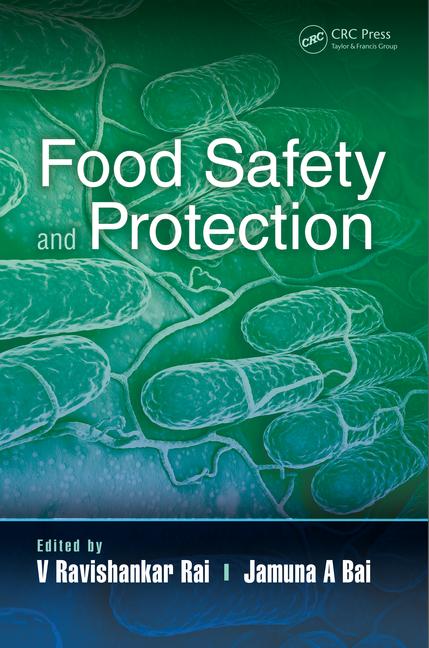Experts Advise Against Assuming All PFAS Equally Toxic

Credit: Polina Tankilevitch (polina-tankilevitch) via Pexels
In a recent article published in Regulatory Toxicology and Pharmacology, a panel of experts advised against assuming that all per- and polyfluoroalkyl substances (PFAS) are equally toxic and potent. The experts’ opinions were solicited to provide insight and guidance on PFAS grouping for the purpose of assessing the substances’ risk to public health when ingested.
Scientists with expertise in PFAS or mixtures risk assessment were invited to apply to partake in a panel where they were asked about PFAS risk assessment and grouping through blind questioning. The experts were also able to review and comment on co-panelists’ responses. In total, 12 Ph.D.-holding experts from four countries were selected and provided their opinions. The panel represented academics, regulators, and consultants with expertise in PFAS chemistry, PFAS toxicology, general mixtures risk assessment, and toxicokinetics.
In general, most experts agreed on several conclusions:
- That all PFAS should not be grouped together
- That persistence alone is not sufficient for grouping PFAS for the purposes of assessing human health risk
- That subgroups are appropriate and must be defined on a case-by-case basis
- That it is inappropriate to assume equal toxicity and potency for PFAS.
Additionally, the experts held the opinion that comprehensive human health risk assessment for a representative mixture of PFAS is not currently feasible. However, using a screening or tiered approach combining multiple lines of evidence was suggested by the panel as a possible viable means for addressing PFAS that lack analytical or toxicological studies, and for assessing human health risks to a mixture of PFAS.
The scientists also highlighted three critical data gaps that would need to be filled to conduct a PFAS mixtures risk assessment for drinking water exposure. Specifically, those data gaps are potency (dose-response) information for PFAS of concern, the contribution of exposure to PFAS from drinking water relative to other routes of exposure, and mechanisms of toxicity for PFAS for constructing subgroups with common toxicological endpoints and modes of action. Additionally, the panel underlined the present lack of consensus on the relevant critical effects for multiple PFAS.
Regarding the development of PFAS drinking water standards for PFAS grouping, the expert panel generally supported the following proposed tiered approach:
- Define a PFAS assessment group based on potential or measured presence in drinking water
- Define subgroups of PFAS based on shared similar physical-chemical properties
- Assess potential risk (hazard and exposure) for each subgroup
- Determine scientific feasibility for assessing potential mixtures interactions between subgroups.
The majority of panelists considered that the tiered approach is a pragmatic, interim solution that would need to be refined as more data emerges on toxicological effects and mode of action for a broader range of PFAS.
Looking for a reprint of this article?
From high-res PDFs to custom plaques, order your copy today!







